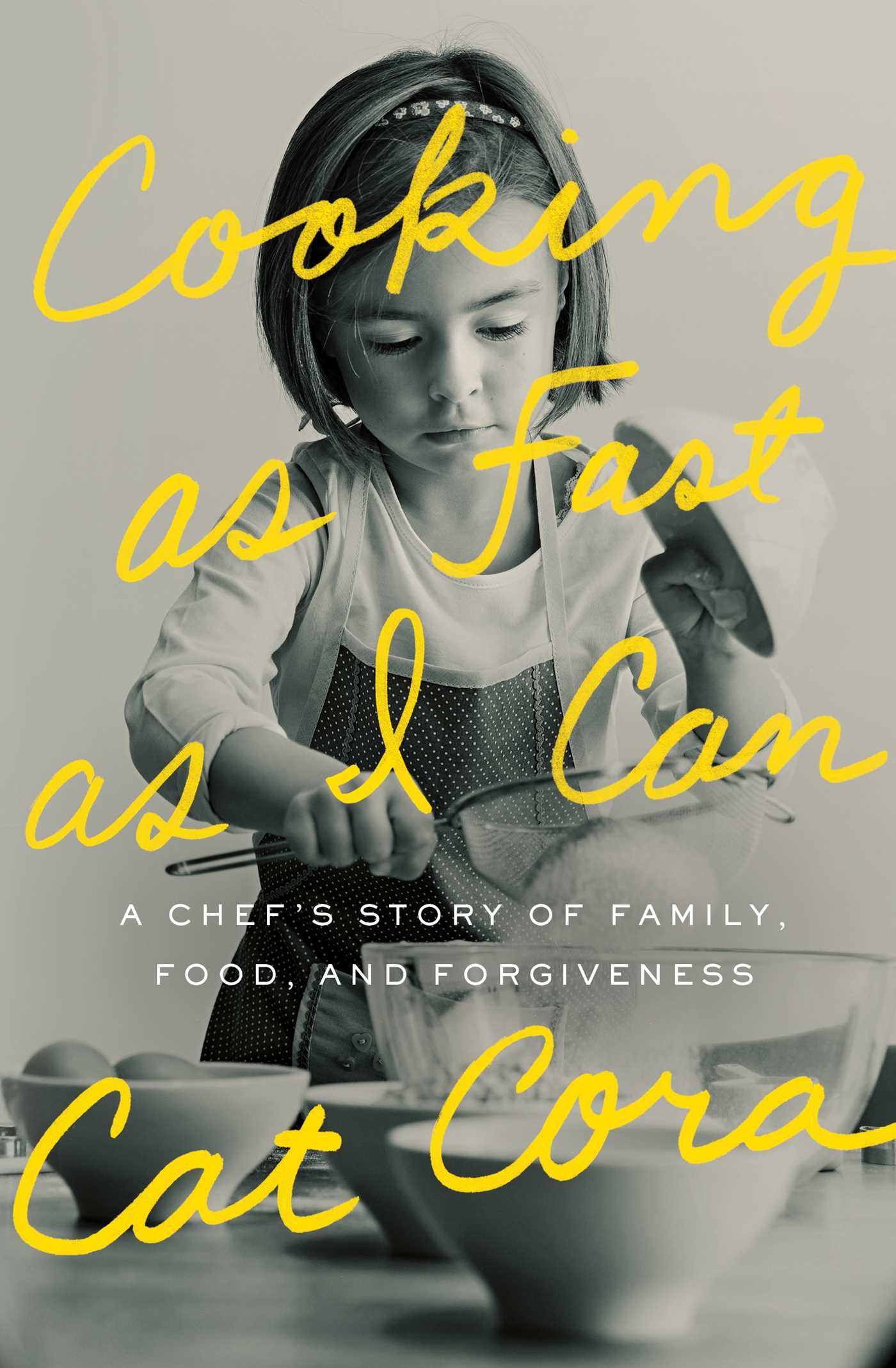Trigger Warning: This book graphic depictions of physical and sexual assault My kokum explained that two-spirit people were once loved and respected within our communities, but times had changed and they were no longer understood or valued in the same way. When I got older, she said, I would have to figure out how toRead More
Sheila Laroque reviews A Two-Spirit Journey: The Autobiography of a Lesbian Ojibwa-Cree Elder by Ma-Nee Chacaby
I gravitate towards autobiography and memoir writing, so I was delighted to find this autobiography when I was browsing for something to read. This is the personal narrative of Ma-Nee’s life, and a great documentation about all of the changes that she has experienced. From living out on the land, to being closer with communitiesRead More
Carmella reviews We Have Always Been Here: A Queer Muslim Memoir by Samra Habib
Samra Habib is many things: photographer, journalist, activist, writer, queer woman, Muslim, refugee, and now – with the publication of her memoir – the author of a book. The saying may be ‘Jack of all trades, master of none’, but I think she has done a pretty masterful job here! I was already familiar withRead More
Susan reviews My Solo Exchange Diary Volume 2 by Nagata Kabi
My Solo Exchange Diary Volume 2 is another set of autobiographical essays about Nagata Kabi’s life and depression. Where Volume 1 followed her attempts at independence and romantic intimacy while unpicking her relationship with her family, whereas volume 2 finds Nagata Kabi enjoying friendship and emotional intimacy, while her mental health takes a nosedive. JustRead More
Susan reviews My Solo Exchange Diary Volume 1 by Nagata Kabi
Nagata Kabi’s My Solo Exchange Diary Volume One is a follow-up to her hit autobiographical manga My Lesbian Experience With Loneliness (which I reviewed in June!). It is an autobiographical essay collection talking about her depression, her attempts to leave home and gain her independence, and her relationship with her family; and it is harrowing.Read More
Mars Reviews “My Mother Says Drums Are For Boys: True Stories for Gender Rebels” by Rae Theodore
In this short autobiographical essay and poetry collection, Rae Theodore offers a frank and panoramic perspective on growing up butch. The titular term “gender rebel” is entirely accurate here as Theodore recalls a childhood and young adulthood where classic femininity chafed. All the outer accoutrements of fashion and stature were as complicated to her asRead More
Mars reviews Fun Home: A Family Tragicomic by Alison Bechdel
It’s hard to boil this one down. Fun Home: A Family Tragicomic is a complex portrait of a complex family. Let no one tell you that graphic novels cannot be intense reckonings of literature, especially not when they have become staples of the modern lesbian literary canon and have been reproduced as a very successful Tony-awardRead More
Susan reviews My Lesbian Experience With Loneliness by Nagata Kabi
Nagata Kabi’s My Lesbian Experience With Loneliness is an autobiographical manga about the creator’s life as a young queer Japanese woman with depression, who decides that the best way to resolve her difficulties connecting with people and her understanding of her own sexuality is to hire an escort. My Lesbian Experience With Loneless is aRead More
Kalyanii reviews Cooking as Fast as I Can: A Chef’s Story of Family, Food, and Forgiveness by Cat Cora
For years, I’ve admired Cat Cora for her ability to take on the most notable male chefs of the day, all the while prepared with a quip in her Southern twang and sporting a smile that invariably brings me to my knees. Self-assured and deservedly so, Ms. Cora’s star had risen in the midstRead More
Danika reviews Dirty River: A Queer Femme of Color Dreaming Her Way Home by Leah Lakshmi Piepzna-Samarasinha
I feel completely unqualified to talk about this book. After reading (and falling in love with) Piepzna-Samarasinha’s book of poetry Bodymap, I knew I had to read her memoir. The things I loved about Bodymap are present in Dirty River as well: Piepzna-Samarasinha’s strong voice, her sharp and precise words, and the deep dive into disability, queerness, poverty, abuse, and survival. Although thisRead More


